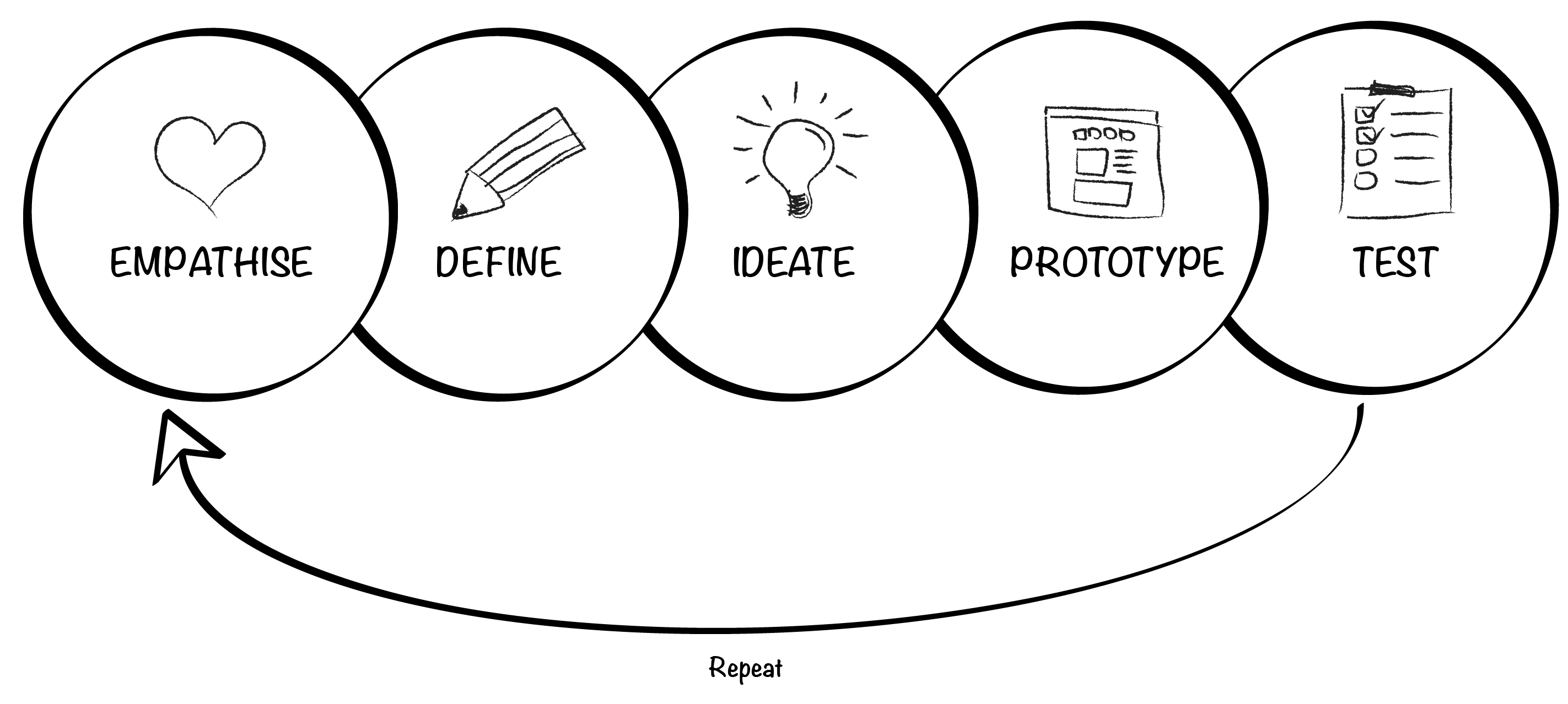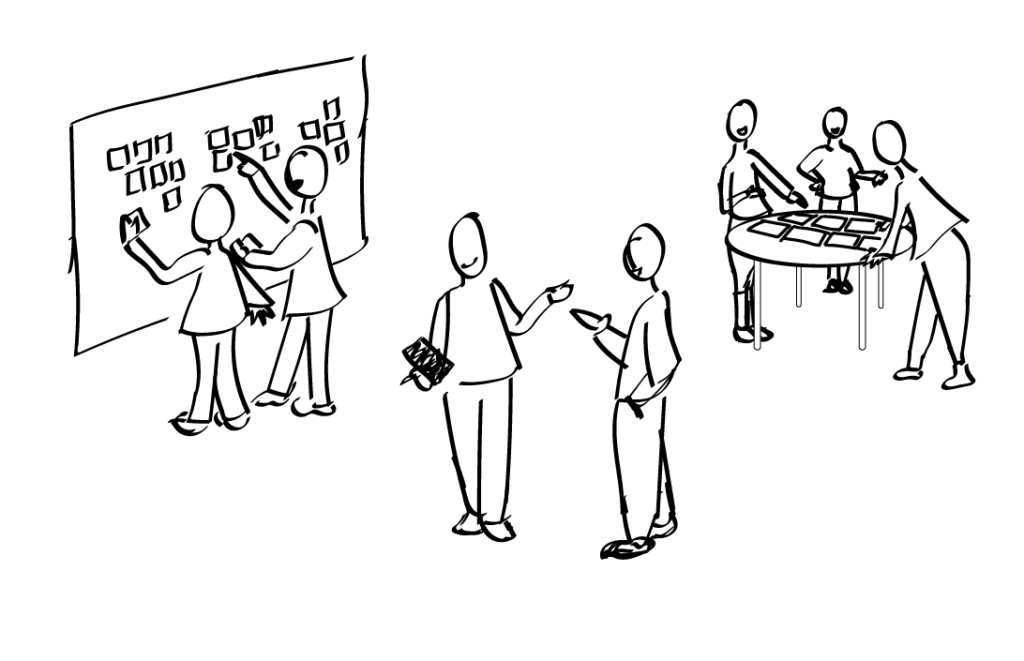
Design Thinking
Design Thinking is more than a design methodology; it provides a foundation for any corporation’s design activity.
In my experience, these foundations elevate the design activity by providing a framework that facilitates clarity, processes, and validation of the design outcome.
Convergent vs Divergent thinking
Design is an organic process which shifts focus between divergent and convergent thinking. When I learned about this view I thought it was brilliant, because it shows the double diamond method in a new light.
I use this approach to change dynamics when the project seems to be stuck, in many occasions, it may be just a questions of changing focus.


Collaborative design
For me, design is a social activity that requires the engagement from different stakeholders.
In my experience, the key to success is to understand when and how to engage with the relevant people, from developers to decision-makers, and facilitate their input in the design process.
Feedback
Feedback is a cornerstone of great UX design—not just for refining solutions but for fostering trust, cohesion, and growth within a team. Thoughtful, constructive feedback helps shape high-quality designs by uncovering blind spots and developing ideas. Equally, a culture of open, respectful critique empowers designers to learn, iterate confidently, and push creative boundaries. By normalising feedback as a shared tool for improvement through design critiques, 1:1 and stakeholder walkthroughs, teams become more aligned, resilient, and effective in delivering meaningful user experiences.